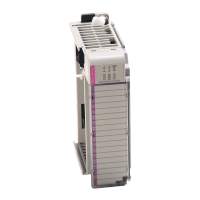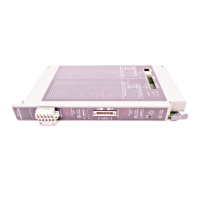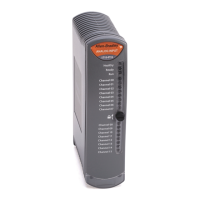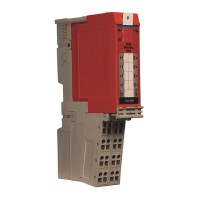Publication 1769-UM002B-EN-P - July 2005
Module Data, Status, and Channel Configuration for the Input Modules 3-23
Enable/Disable Channel
This configuration selection lets each channel to be individually enabled.
Input Filter Selection
The input filter selection field lets you select the filter frequency for each
channel and provides system status of the input filter setting for analog input
channels 0 through 3. The filter frequency affects the noise rejection
characteristics, as explained below. Select a filter frequency considering
acceptable noise and step response time.
Noise Rejection
The 1769-IF8 uses a digital filter that provides noise rejection for the input
signals. The filter is programmable, allowing you to select from four filter
frequencies for each channel. The digital filter provides -3 db (50% amplitude)
attenuation at the selected filter frequency. A lower frequency (60 Hz versus
250 Hz) can provide better noise rejection but it increases channel update
time. Transducer power supply noise, transducer circuit noise, or process
variable irregularities may also be sources of normal mode noise.
Common Mode Rejection is better than 60 dB at 50 and 60 Hz, with the 50
and 60 Hz filters selected, respectively. The module performs well in the
presence of common mode noise as long as the signals applied to the user plus
and minus input terminals do not exceed the common mode voltage rating (±
10 V) of the module. Improper earth ground may be a source of common
mode noise.
Channel Step Response
The selected channel filter frequency determines the channel’s step response.
The step response is the time required for the analog input signal to reach
100% of its expected final value. This means that if an input signal changes
faster than the channel step response, a portion of that signal will be
attenuated by the channel filter.
TIP
When a channel is not enabled (0), no voltage or current
input is provided to the controller by the A/D converter.
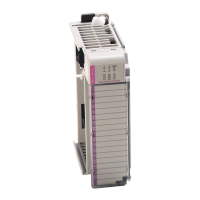
